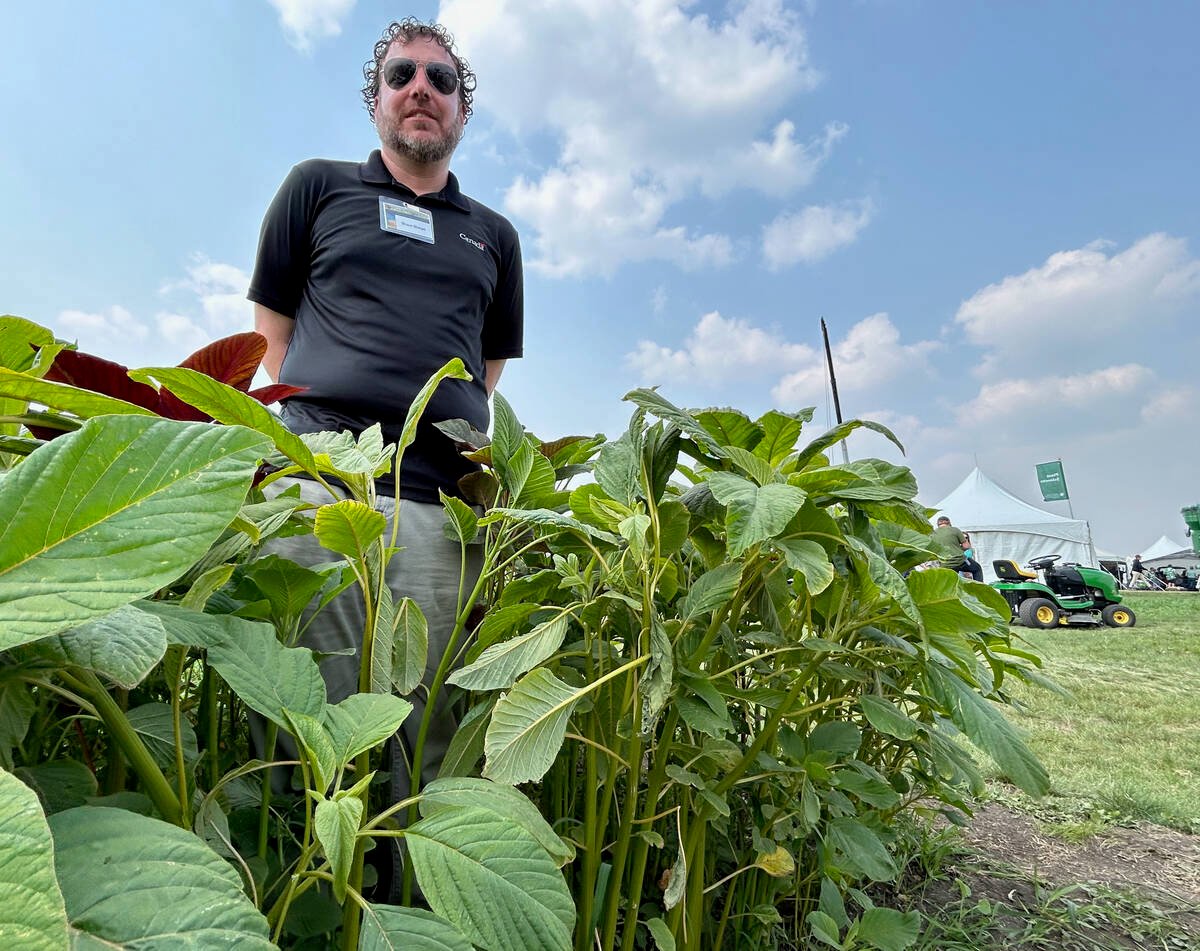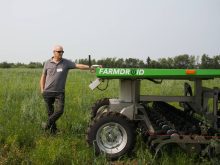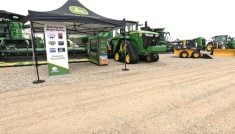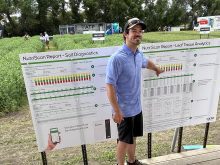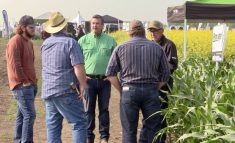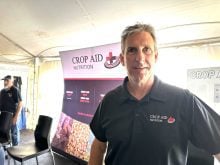LANGHAM, Sask. — Waterhemp, a troublesome pigweed, is now firmly established in Manitoba. Thousands of waterhemp plants are present in 28 municipalities, meaning it’s no longer possible to eradicate the weed.
If Saskatchewan farmers are vigilant, it might be possible to avoid a similar outcome. They could prevent waterhemp and another pesky pigweed, Palmer amaranth, from getting established in the province.
“Eradication is only cost effective when we can stop an introduction (of the weed),” said Shaun Sharpe, a weed scientist with Agriculture Canada in Saskatoon.
“Once (it) becomes an establishment, it becomes very costly and very time consuming.”
Read Also

Russian wheat exports start to pick up the pace
Russia has had a slow start for its 2025-26 wheat export program, but the pace is starting to pick up and that is a bearish factor for prices.
The two pigweeds, waterhemp and Palmer amaranth, are infamous for developing resistance to multiple herbicides and producing a massive number of seeds.
On average, a single waterhemp plant can produce 250,000 seeds, says the Manitoba Pulse & Soybean Growers website. Palmer amaranth can produce 100,000 to 600,000 seeds.
Waterhemp and Palmer amaranth have not been officially detected in Saskatchewan, but their appearance seems inevitable because the weeds have been moving north and west for years.
“I’m very concerned about invasive pigweeds coming up from the U.S., as well was moving in from Manitoba,” Sharpe said in July at Ag in Motion, an outdoor farm show held near Langham, Sask.
Waterhemp has been detected in the rural municipality of Ellice-Archie, in western Manitoba near the Saskatchewan border. In North Dakota, Palmer amaranth has been found in the northwestern corner of the state, not far from the Canadian border.
Waterhemp will probably become the first of the two pigweeds to appear in Saskatchewan because it has successfully spread across Manitoba
This summer, Manitoba Agriculture downgraded waterhemp from a Tier 1 weed to Tier 2 in 28 municipalities, saying there’s too much waterhemp in those RMs to eradicate the pigweed.
In municipalities where it hasn’t been found, waterhemp remains a Tier 1 weed, and Manitoba landowners have a responsibility to destroy it.
To prevent a detection from becoming an “establishment” in Saskatchewan, Sharpe and other weed specialists are asking farmers, agronomists and landowners to watch for strange-looking pigweeds in their area.
A good place to start is a handy website, ManageResistanceNow.ca.
It has factsheets on waterhemp and Palmer amaranth that explain how to identify the weeds and what a farmer should do if they find a “weird” pigweed, Sharpe said.
“If it has a smooth stem, that should be three red flags for you. The smooth stem is the big thing.”
Of course, farmers have many other things to worry about and manage each day besides the appearance of yet another weed on their land, but like most things in life, an ounce of prevention is worth a pound of cure.
“Small waterhemp populations will not reduce crop yield, (making) it tempting to delay control measures,” says the waterhemp factsheet at ManageResistanceNow.ca.
“However, this weed will quickly become problematic and expensive to control within one to two years.”


